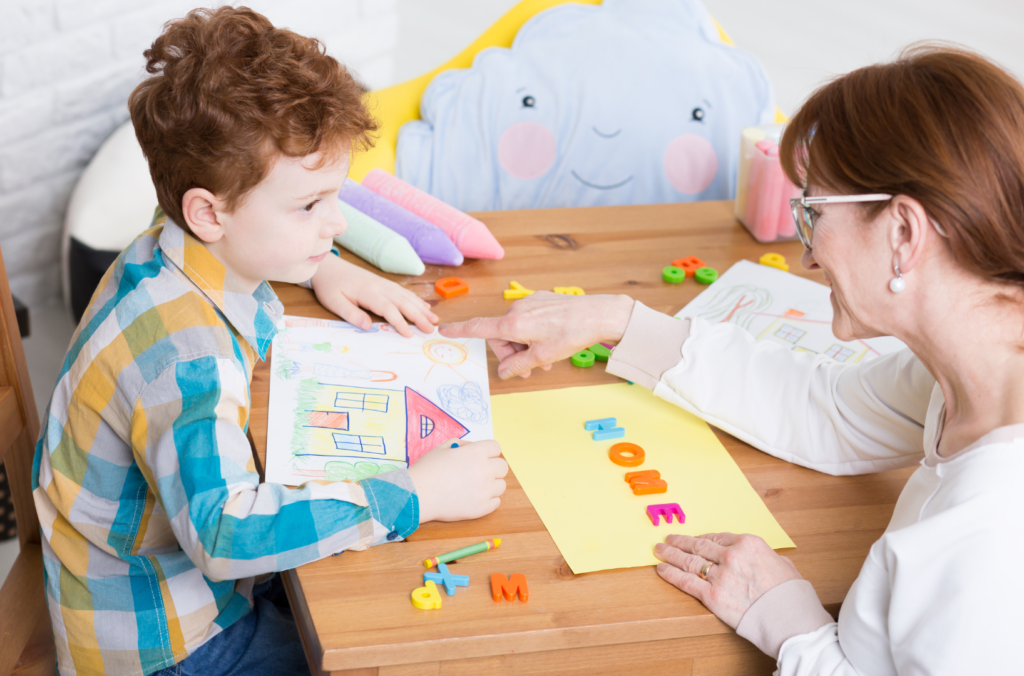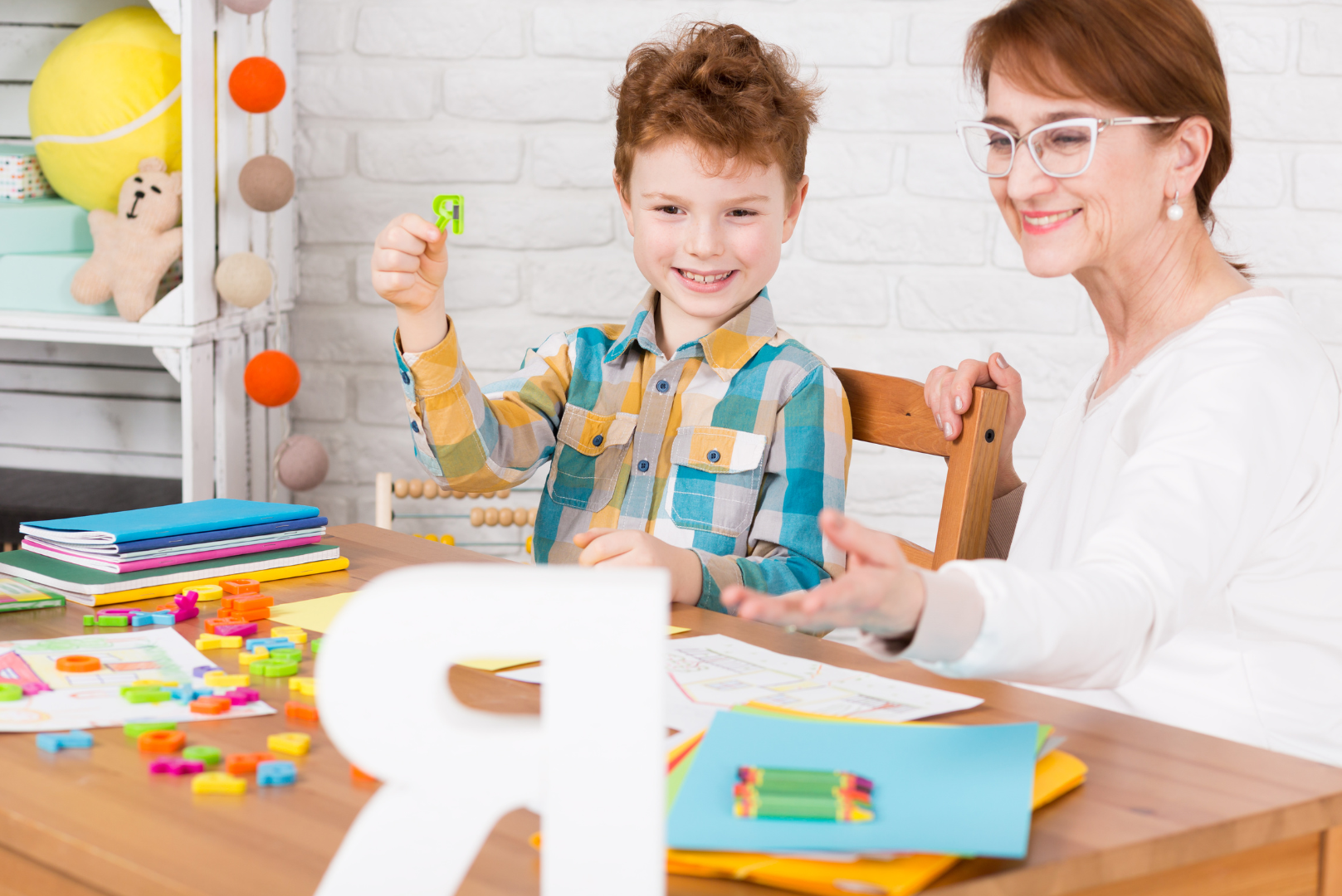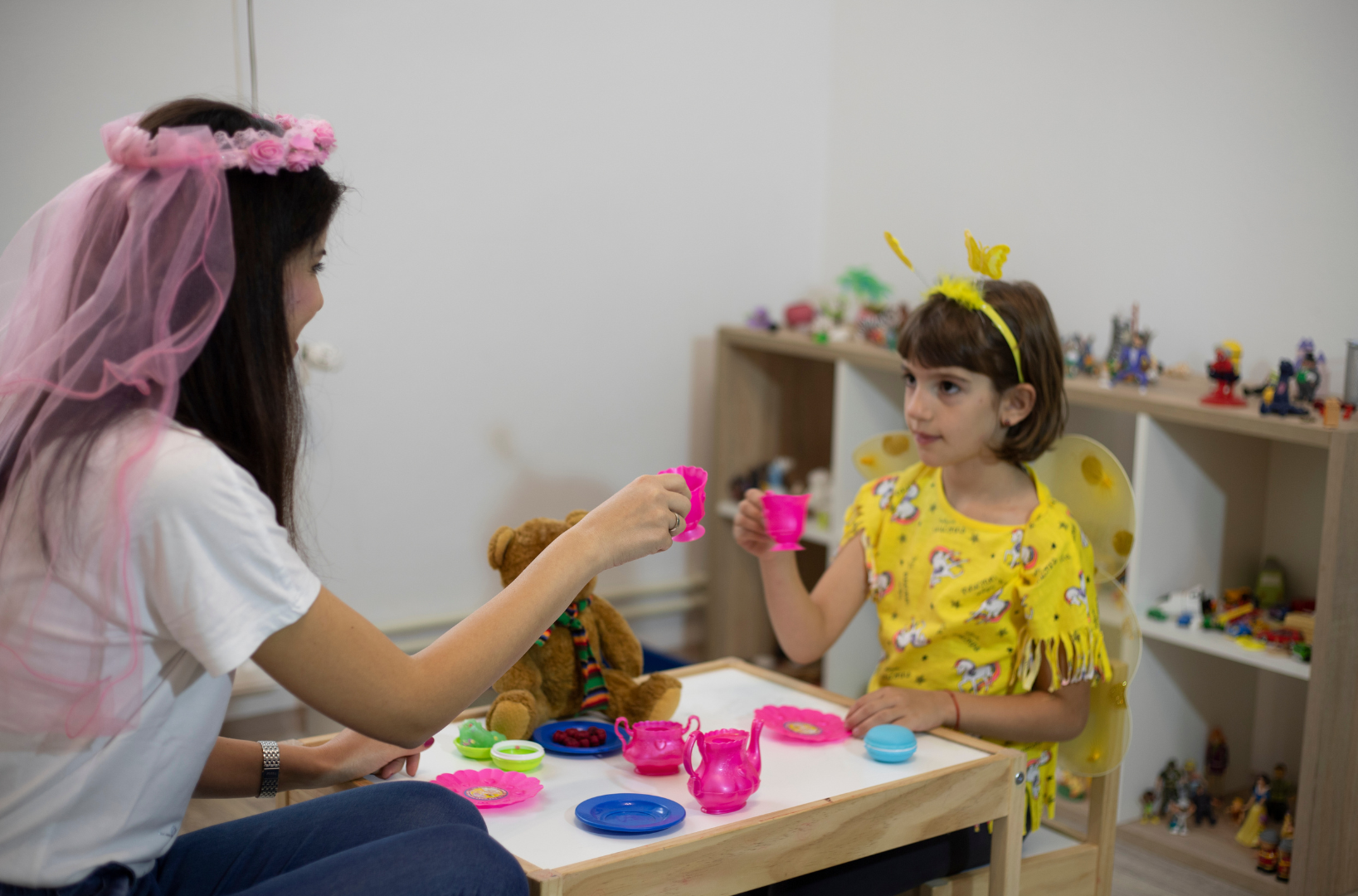Let’s go to the kitchen: 10 Simple Language Activities You Can Use in the Kitchen

The kitchen is often hailed as the heart of the home, a place where families gather, and memories are made. But did you know that it can also be a fantastic space for language development? Engaging in simple language activities in the kitchen not only enhances communication skills but also makes learning a fun and interactive experience for both children and adults. In this blog post, we’ll explore some creative ways to incorporate language learning into your daily kitchen routine.

-
Labelling and Language Vocabulary Building
Start by labelling common items in the kitchen. Create colorful labels for ingredients, utensils, and appliances. This not only introduces new vocabulary but also reinforces the connection between words and their real-life counterparts. For example, stick a label on the refrigerator, the stove, or even the saltshaker. Encourage your children to find and match the labels with the corresponding items.
-
Recipe Reading and Following Directions
Choose a simple recipe and involve your kids in the cooking process. Reading a recipe together not only improves reading skills but also teaches valuable lessons about following directions. Discuss the ingredients and their measurements, emphasizing the importance of accuracy. As you cook, ask questions about the steps, fostering comprehension and critical thinking.
-
Sentence Building with Recipe Cards
Create recipe cards with simple sentences and missing words. Your children can fill in the blanks with the correct ingredients or steps. This activity not only helps in sentence construction but also reinforces the understanding of sequencing. For instance, “First, we need ____, then we add ____, and finally, we ____. ”
-
Descriptive Language through Taste Testing
Engage in a sensory experience by incorporating taste testing into your language activities. Encourage your children to describe the taste, texture, and aroma of different ingredients. Use descriptive words like sweet, salty, crunchy, or smooth. This not only enhances vocabulary but also promotes the use of adjectives in a meaningful context.
-
Storytelling with Kitchen Items
Turn everyday kitchen items into storytelling props. Use pots, pans, and utensils as characters in a creative story. Encourage your children to narrate a tale, incorporating the various kitchen elements into the plot. This imaginative exercise fosters storytelling skills, creativity, and linguistic expression.

-
Spelling Games with Scrabble Tiles
Take advantage of magnetic Scrabble tiles or letter magnets on the fridge. Create a word of the day or challenge your children to spell the names of ingredients they are using. This activity not only reinforces spelling but also provides an opportunity for discussion about word meanings and associations.
-
Categorization and Sorting
Promote language development through categorization activities. Sort fruits and vegetables, utensils, or pantry items into groups based on their characteristics or uses. Discuss the categories and encourage your children to explain their reasoning. This helps in building language skills related to classification and organization.
-
Rhyme Time with Ingredients
Turn cooking into a rhyming game. Choose a key ingredient and brainstorm words that rhyme with it. For example, if you’re using “bake,” your child can come up with words like “cake,” “lake,” or “make.” This playful activity enhances phonemic awareness and creativity.
-
Foreign Language Cooking
Introduce foreign language vocabulary while cooking. Pick a day to explore recipes from different cultures and learn basic phrases in the respective languages. This not only broadens language skills but also introduces cultural diversity.
-
Create a Family Cookbook
Develop a family cookbook together. Have each family member contribute their favourite recipes, along with personal anecdotes or stories related to the dishes. This project not only encourages writing but also preserves family traditions and memories.

Incorporating these unique language activities into your kitchen routine not only adds an educational element but also transforms everyday moments into opportunities for growth and connection. The kitchen is a treasure trove of language learning opportunities waiting to be explored. By integrating these simple language activities into your daily cooking routine, you not only make the learning experience enjoyable but also create lasting memories with your loved ones. So, the next time you’re in the kitchen, let language take center stage along with the delicious aromas and flavors. Happy learning and cooking!
Visit Speech Improvement Center and learn more
If you are interested in speech therapy services, please contact us: Therapy Services – Speech Improvement Center
If you are interested in speech therapy careers, please contact us: Employment Opportunities – Speech Improvement Center
Check our locations here: Locations – Speech Improvement Center